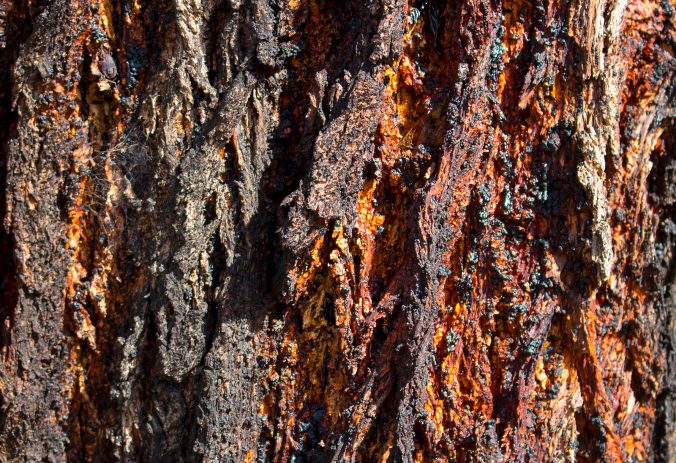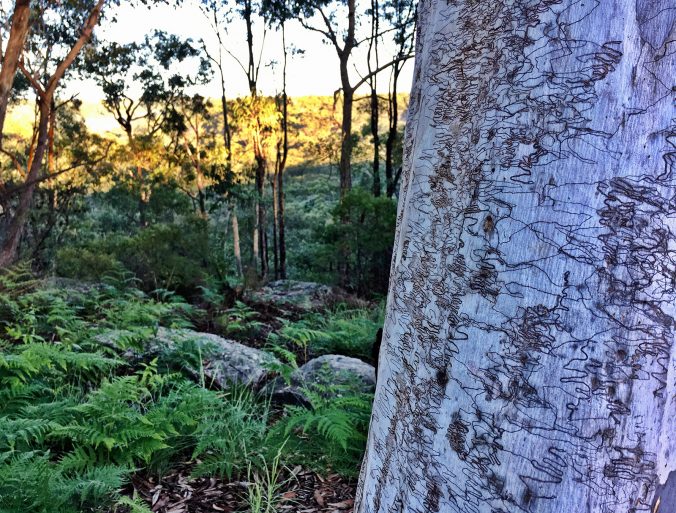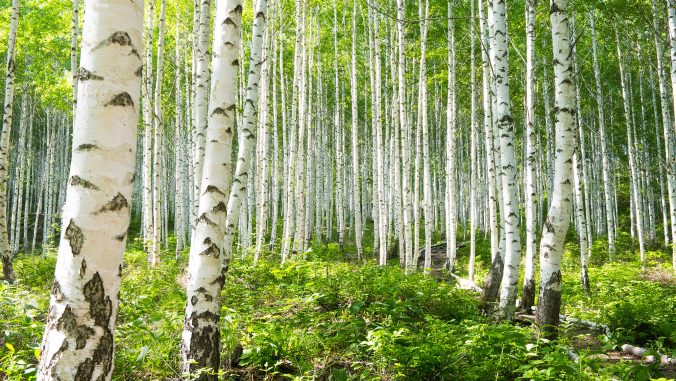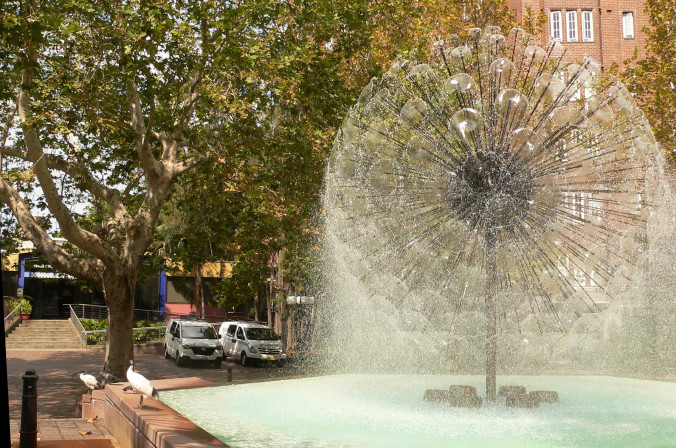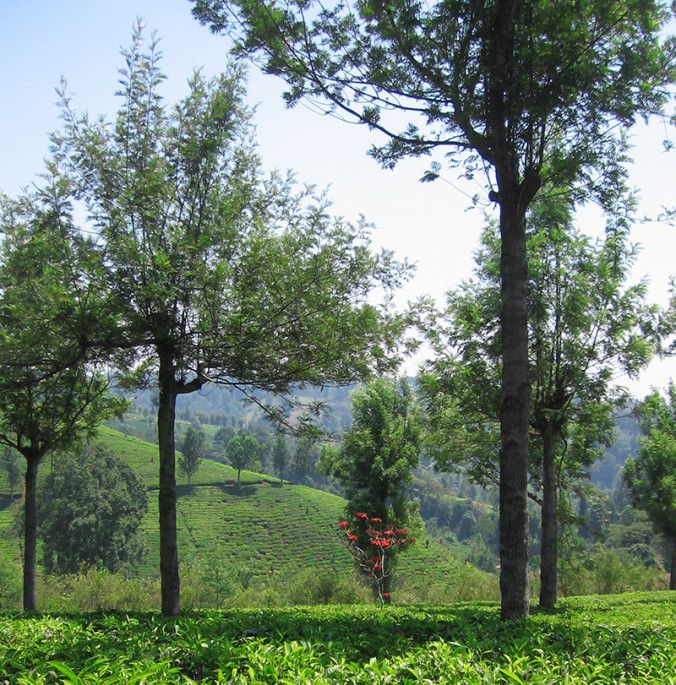Ironbark trees are well woven into Australia’s folklore. They feature in poetry and essays from colonial times to the present. A common name of a number of species in three Eucalyptus groups, ironbark trees have dark, deeply furrowed bark. They are probably the most distinctive and easily recognised tree of the Australian eucalypt forest and are the source of some of our highest quality hardwoods.
Instead of being shed annually as in many of the other species of Eucalyptus, the dead bark accumulates on ironbark trees, forming the fissures. It becomes rough after drying out and becomes impregnated… Read more “Ironbark trees … part of the Australian lexicon”
